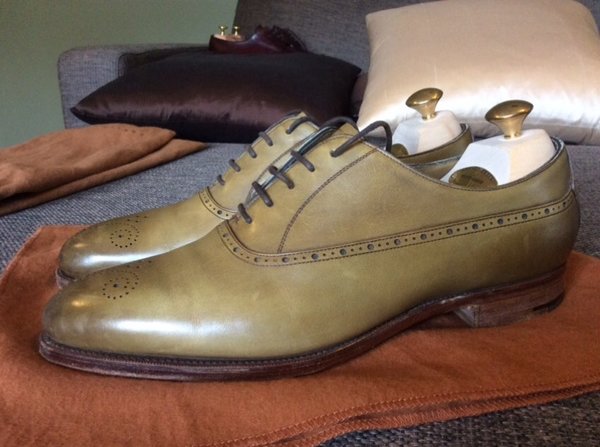ThomGault
Senior Member
- Joined
- Oct 21, 2016
- Messages
- 561
- Reaction score
- 175
I don't think that shoe trees are supposed to stretch shoes, only help maintain and reform proper shape...and again, this would serve to help lower quality leathers and prolong shoe life. Now, whether or not someone who pays no more than ~$50-$75 for a cheap leather shoe would invest ~$20 in a shoe tree is a different question. My wife's disgust when I paid $25 for a chunk of wood was exceeded only when she saw the price of pair of Vass I want.I don't have enough experience with low quality leather but I do know that they react badly to stretching. You could of course try with a generic shoe tree to maintain their shape and see how it will react but I genuinely think it would be a waste of money to invest in a cedar shoe tree for a low quality shoe.



